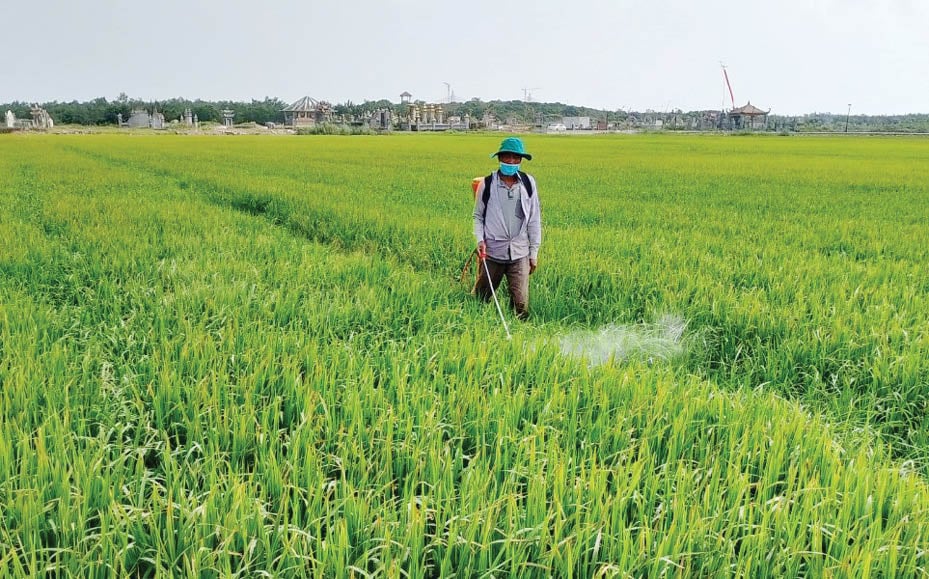 |
| Instructions for farmers to take care of rice |
Proactively overcome
Mr. Truong Minh Hung, a member of An Xuan Agricultural Cooperative, Quang An Commune (Quang Dien) has a winter-spring rice area of more than 2 hectares. To ensure the quality of the crops, since the beginning of the crop, he has strictly followed the technical steps as instructed by agricultural extension officers and the cooperative. Thanks to that, during the heavy rain and strong winds that occurred on the night of April 12 and the morning of April 13, the area of rice that was affected by the fall was only nearly 1 sao. Mr. Hung said that immediately after the rain and wind swept through, he quickly drained the water in the field to avoid flooding, helping the fallen rice area to recover on its own.
Also a large-scale rice producer in An Xuan Agricultural Cooperative, Mr. Tran Dai Thuong in An Xuan Dong village, Quang An commune, planted 5 hectares of this winter-spring crop. The rice varieties Mr. Thuong chose are HG224 and JO2. These are high-quality short-term rice varieties. Mr. Thuong said that in order to proactively cope with adverse weather conditions such as the influence of cold air causing rain and cold, leading to increased damage to rice plants, he has sprayed pesticides and applied fertilizers suitable for each stage of rice plant growth. Thanks to that, his family's rice area has grown strongly, with little damage or collapse during the recent storm.
According to Mr. Tran Quang Hung, Director of An Xuan Agricultural Cooperative, during the heavy rain and wind on the night of April 12 and the morning of April 13, the entire rice area of the cooperative was affected, nearly 20 hectares of rice fell. However, thanks to the clear weather immediately after that, along with the proactive efforts of the farmers, many areas of fallen rice recovered on their own, limiting the damage. In the face of unfavorable weather, the cooperative instructed farmers on preventive measures and foliar fertilization to help the plants recover; at the same time, the operation level of 2 pumping stations was raised to full capacity to drain the entire cultivated area of more than 254 hectares of the cooperative.
In Quang Dien district alone, this winter-spring crop has maintained a stable rice area of about 8,000 hectares, accounting for about 77% of the total cultivated area and striving to achieve an average yield of 6.5 tons/ha. Accordingly, the locality has arranged the season for rice to bloom from April 10 to 25. Agricultural cooperatives in the area will take specific and appropriate measures, depending on actual conditions, to meet the proposed crop calendar.
Mr. Phan Nam, Head of the Department of Agriculture and Environment of Quang Dien district, said that up to now, after reviewing the specific area of rice in Quang Dien that has fallen due to the recent heavy rain and strong wind, it is about 80 - 90 hectares. The previous damage figure of hundreds of hectares was inaccurate, because the localities reported it in the form of estimates, without careful review. Secondly, thanks to the return of sunny weather, most of the fallen rice area has recovered on its own.
Ensuring crop productivity
In the 2024-2025 winter-spring crop, the whole city has planted more than 27,900 hectares, the mass area in the flowering stage has more than 19,000 hectares. In general, the rice has grown quite well. To achieve that result, the cooperatives have balanced the amount of certified and original rice seeds, using certified rice seeds to plant over 90% of the area. At the same time, the planting area planning to proactively produce rice seeds on-site has reached over 30% of the total amount of certified seeds put into use.
Deputy Director of the Department of Agriculture and Environment Le Van Anh said that in the recent heavy rains and winds, the rice area in the whole city was affected and damaged, falling down about 700 hectares; of which, nearly 80 hectares were severely damaged. Currently, the department is coordinating with local authorities to direct cooperatives to guide farmers to rebuild rice plants by tying fallen rice into clumps, then fertilizing through leaves to help the plants grow well and recover, to ensure that productivity and output are not affected. At the same time, instructing farmers to fertilize rice plants according to technical procedures, encouraging farmers to continue testing highly effective synthetic fertilizers, applying integrated pest control methods (IPM), integrated nutrient management (ICM) to increase production efficiency. Regularly monitor unusual weather developments to come up with timely solutions.
Currently, the agricultural and environmental sectors are conducting control and guiding farmers to regulate water properly, apply foliar fertilizers at the right time, and balance them so that rice plants can grow well. Along with that, we continue to strengthen inspection, detection, and close monitoring of harmful organisms and weather developments to take timely preventive measures, and not be subjective so that harmful organisms can spread widely, affecting the productivity and yield of winter-spring rice.
Source: https://huengaynay.vn/kinh-te/nong-nghiep-nong-thon/han-che-thiet-hai-dam-bao-nang-suat-lua-vu-dong-xuan-152586.html


![[Photo] General Secretary To Lam receives French Ambassador to Vietnam Olivier Brochet](https://vstatic.vietnam.vn/vietnam/resource/IMAGE/2025/4/17/49224f0f12e84b66a73b17eb251f7278)
![[Photo] President Luong Cuong receives Kenyan Defense Minister Soipan Tuya](https://vstatic.vietnam.vn/vietnam/resource/IMAGE/2025/4/17/0e7a5185e8144d73af91e67e03567f41)
![[Photo] Warm meeting between the two First Ladies of the Prime Ministers of Vietnam and Ethiopia with visually impaired students of Nguyen Dinh Chieu School](https://vstatic.vietnam.vn/vietnam/resource/IMAGE/2025/4/17/b1a43ba73eb94fea89034e458154f7ae)
![[Photo] Prime Minister Pham Minh Chinh and Ethiopian Prime Minister visit Tran Quoc Pagoda](https://vstatic.vietnam.vn/vietnam/resource/IMAGE/2025/4/17/18ba6e1e73f94a618f5b5e9c1bd364a8)
![[Photo] Welcoming ceremony for Chinese Defense Minister and delegation for friendship exchange](https://vstatic.vietnam.vn/vietnam/resource/IMAGE/2025/4/17/fadd533046594e5cacbb28de4c4d5655)
![[Photo] Promoting friendship, solidarity and cooperation between the armies and people of the two countries](https://vstatic.vietnam.vn/vietnam/resource/IMAGE/2025/4/17/0c4d087864f14092aed77252590b6bae)

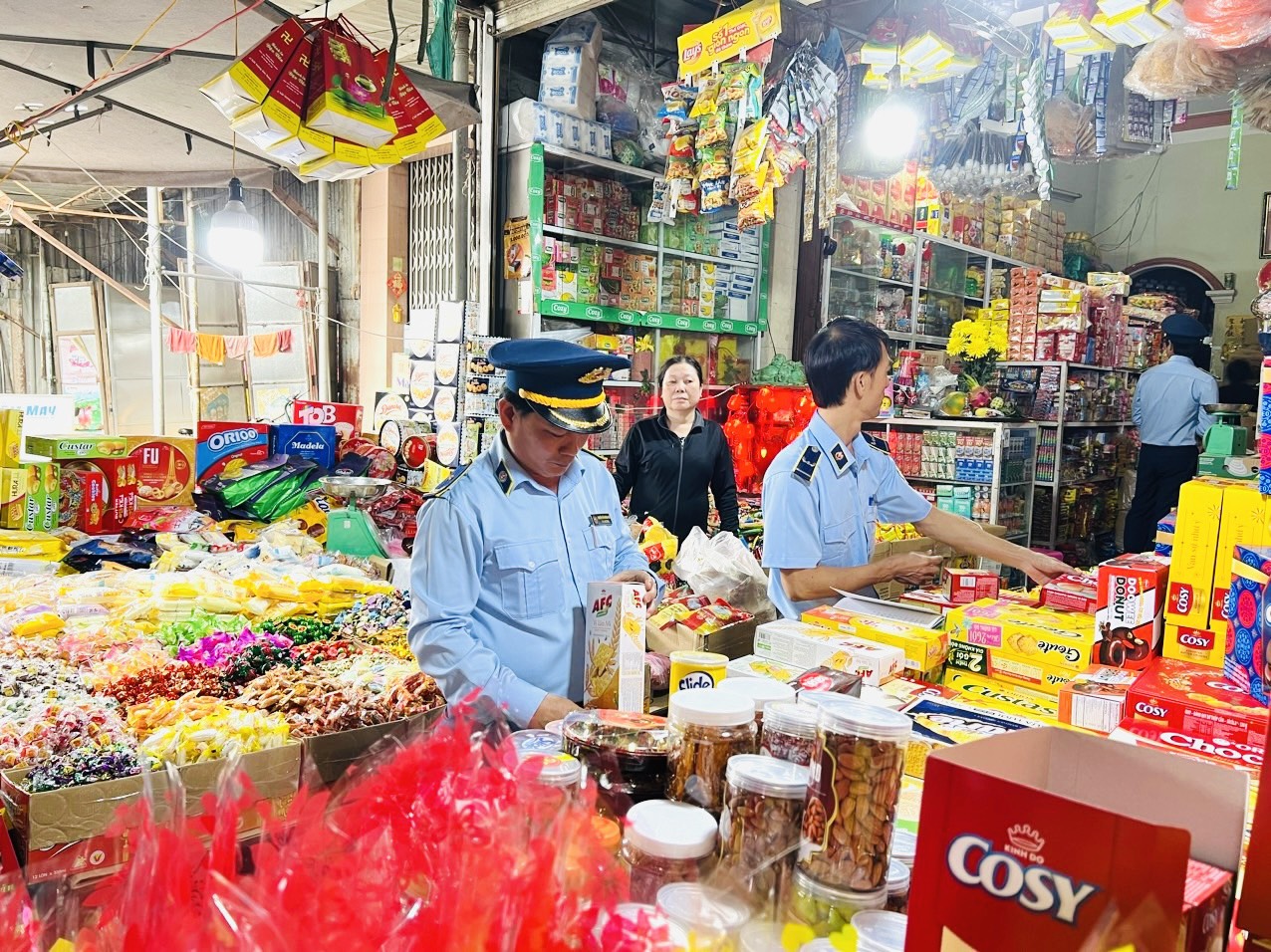
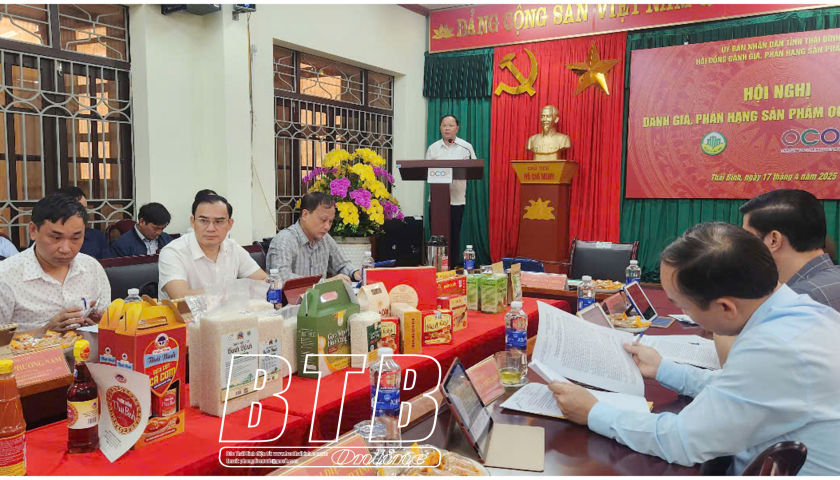
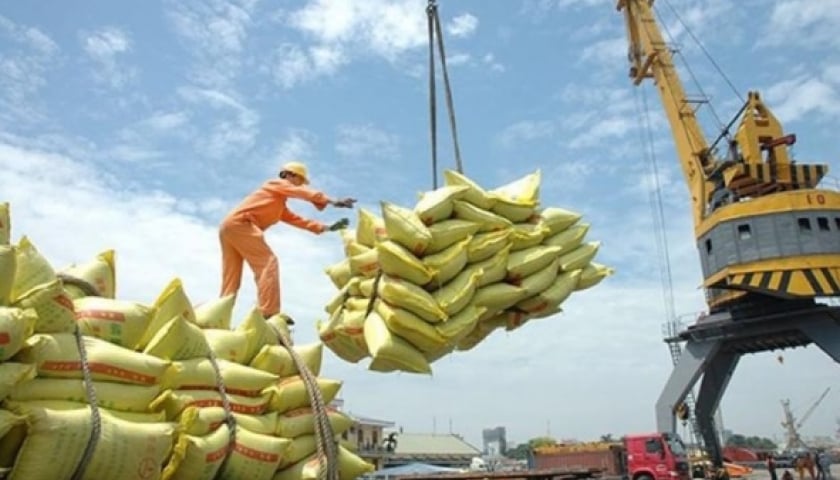
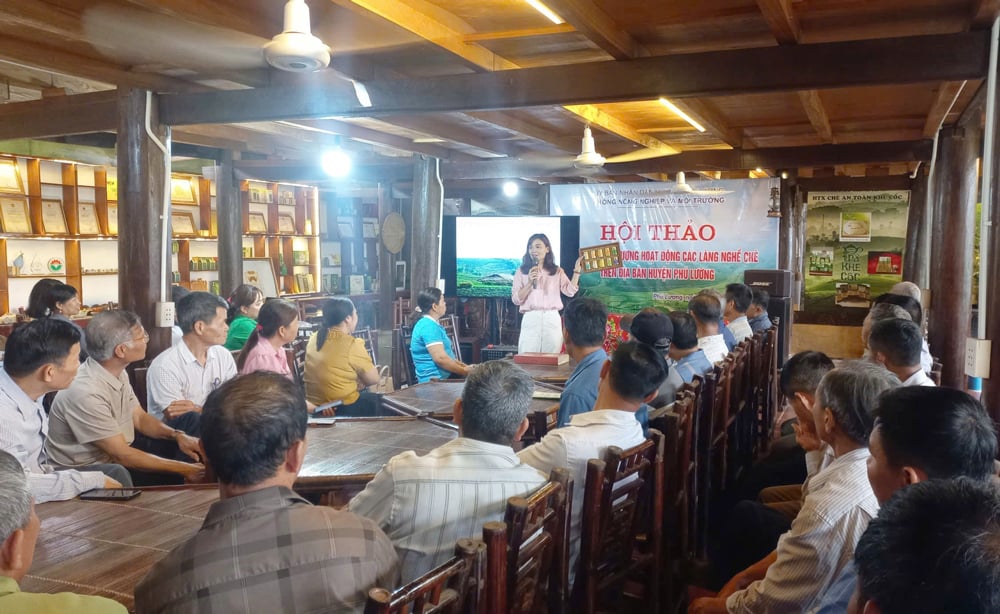










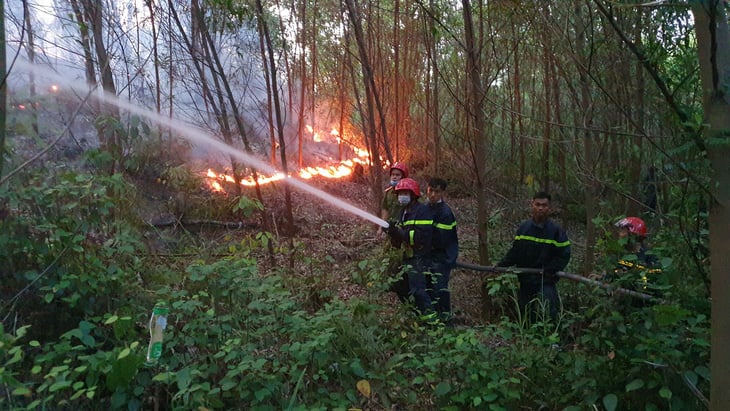


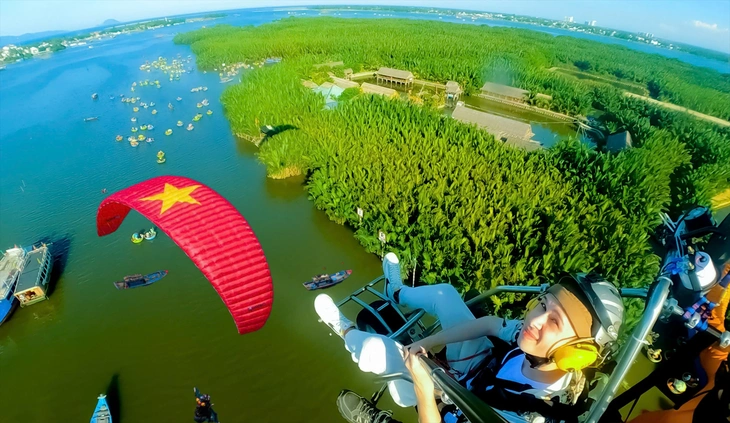





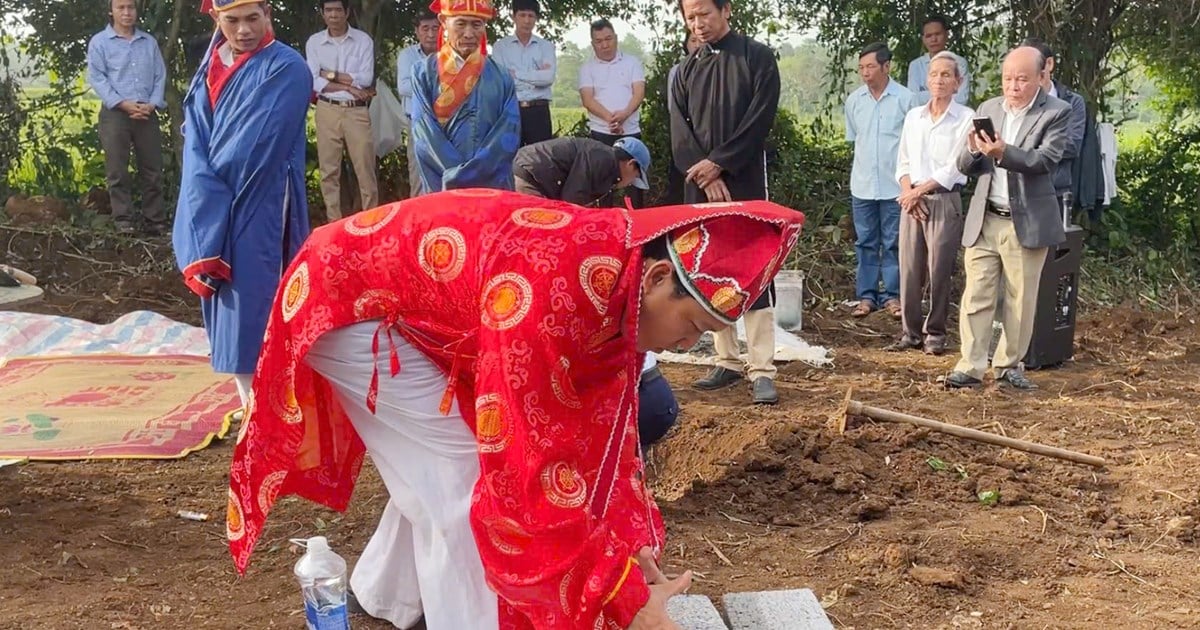


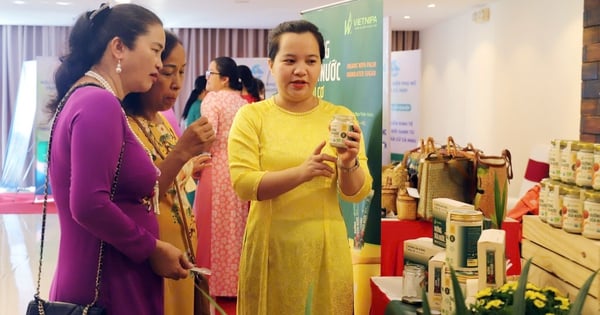
















![[Video] Viettel officially puts into operation the largest submarine optical cable line in Vietnam](https://vstatic.vietnam.vn/vietnam/resource/IMAGE/2025/4/17/f19008c6010c4a538cc422cb791ca0a1)

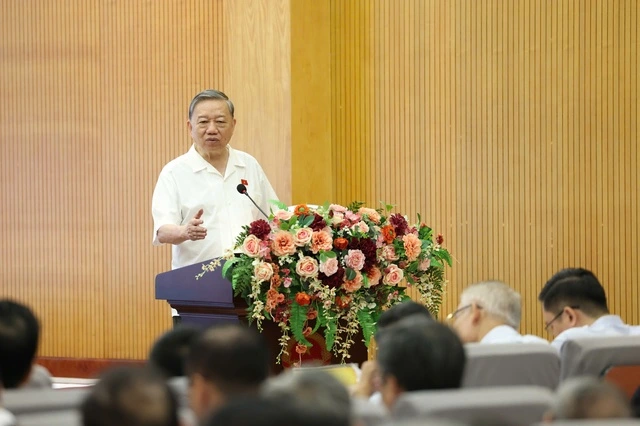





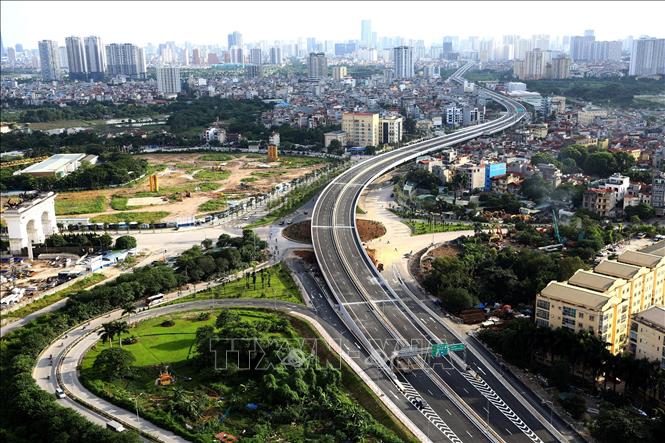







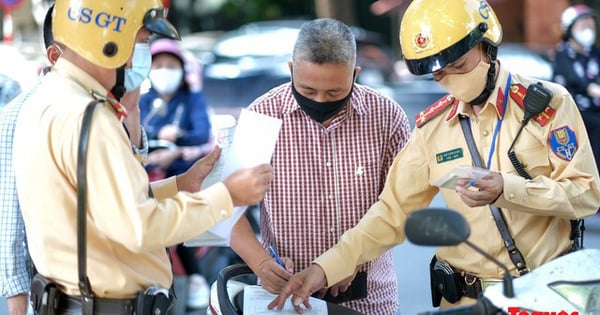
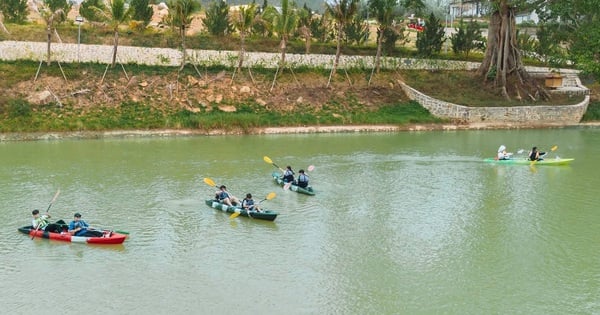
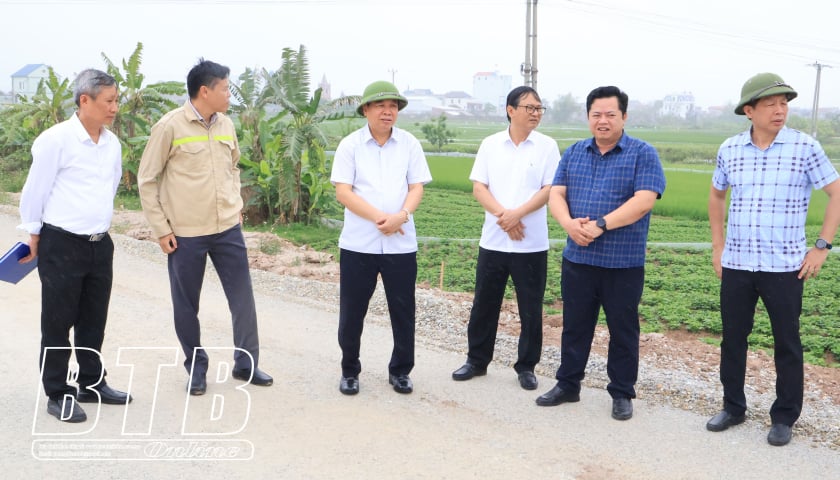

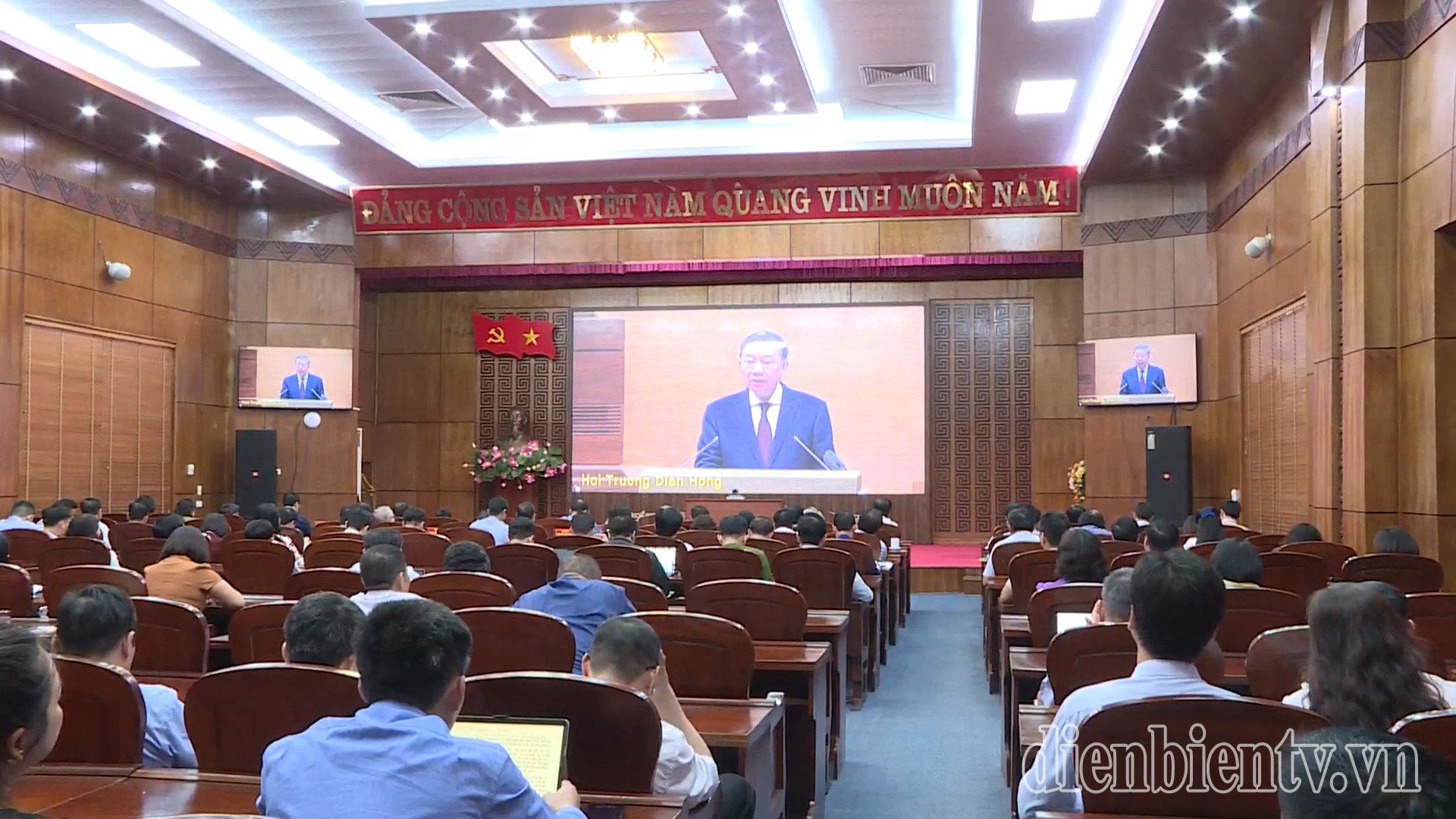

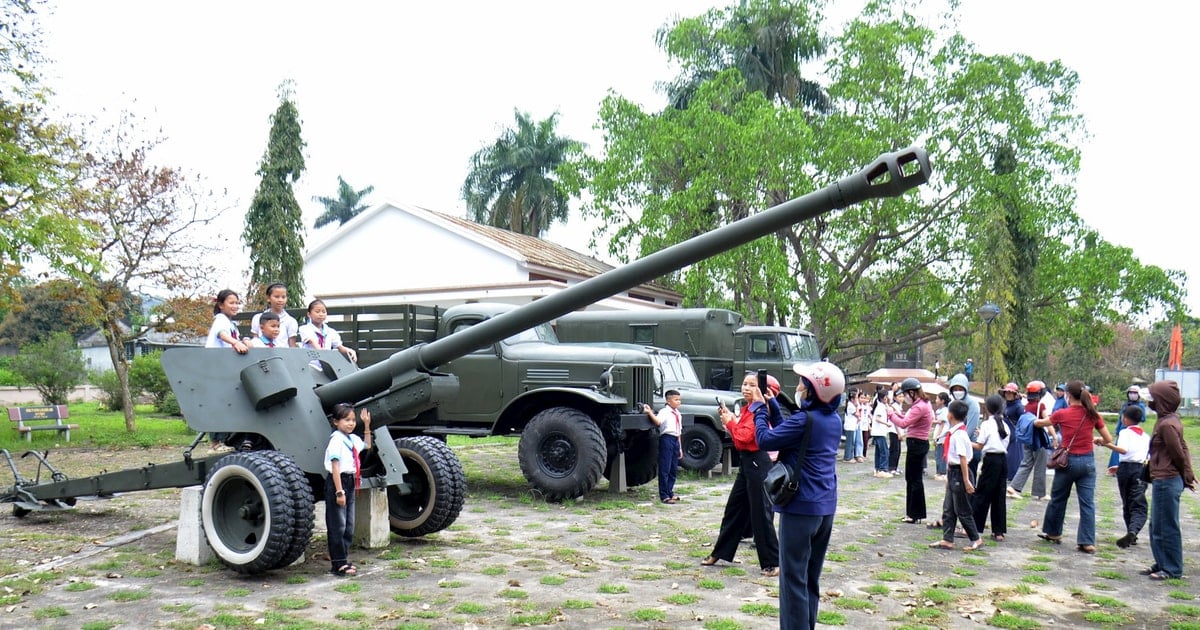



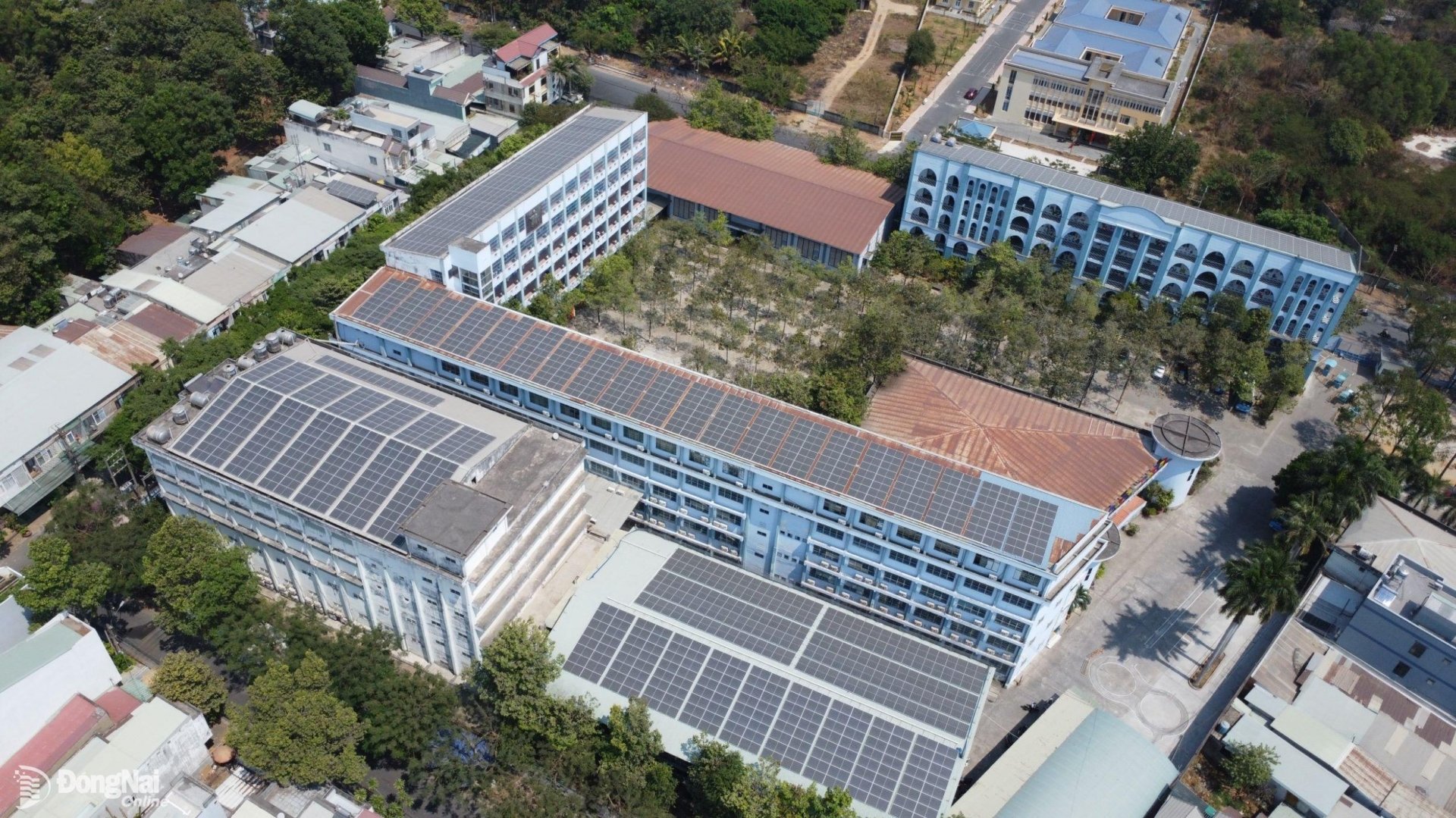

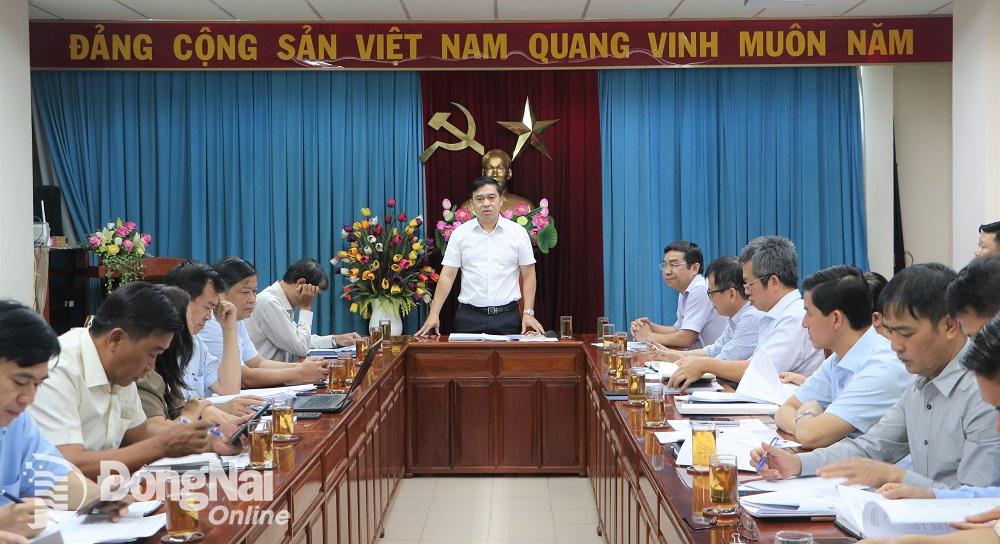


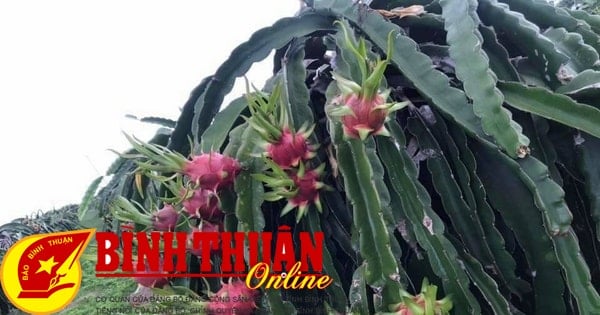

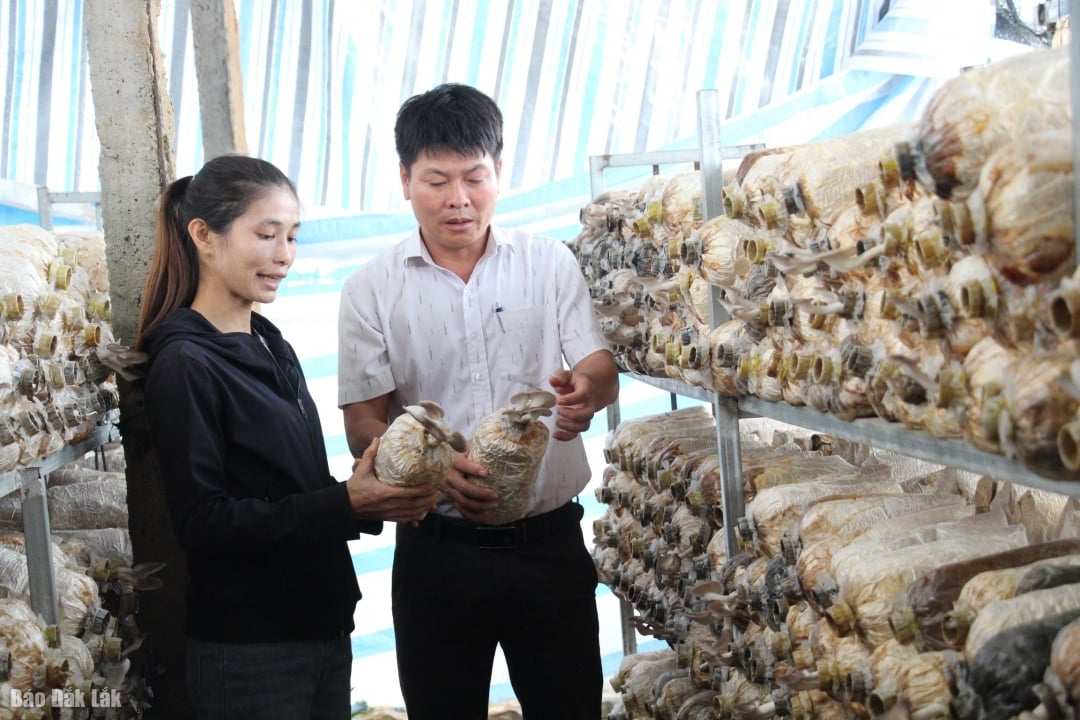


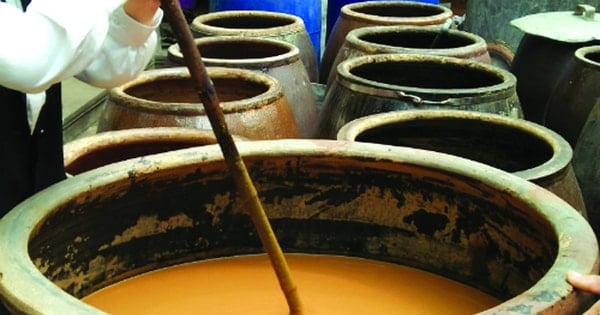



Comment (0)